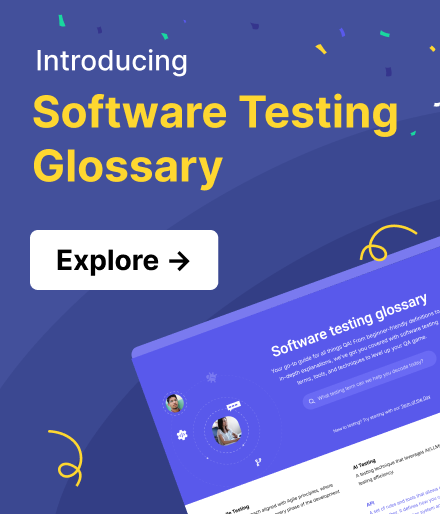Web Application Development: The Definitive Guide
Web applications have become the backbone of businesses—from eCommerce platforms like Amazon to social networks like Facebook. Unlike traditional websites that simply present information, web apps let users interact, make transactions, or even collaborate in real-time.
Whether you're a small startup looking to streamline operations or a large enterprise needing scalable solutions, web apps make it all happen. But how do you go from idea to execution?
In this guide, we’ll walk you through the entire web application development process—step by step—so you can understand what it takes to build a successful, high-performing web app.
1. Types of Web Application
A web app (or web application) is a software program that runs on a web browser, using web technologies like HTML, CSS, and JavaScript to provide interactive functionality to users. Trello is a good example of a web app. These applications come in various shapes and sizes, each serving different business needs and user experiences.
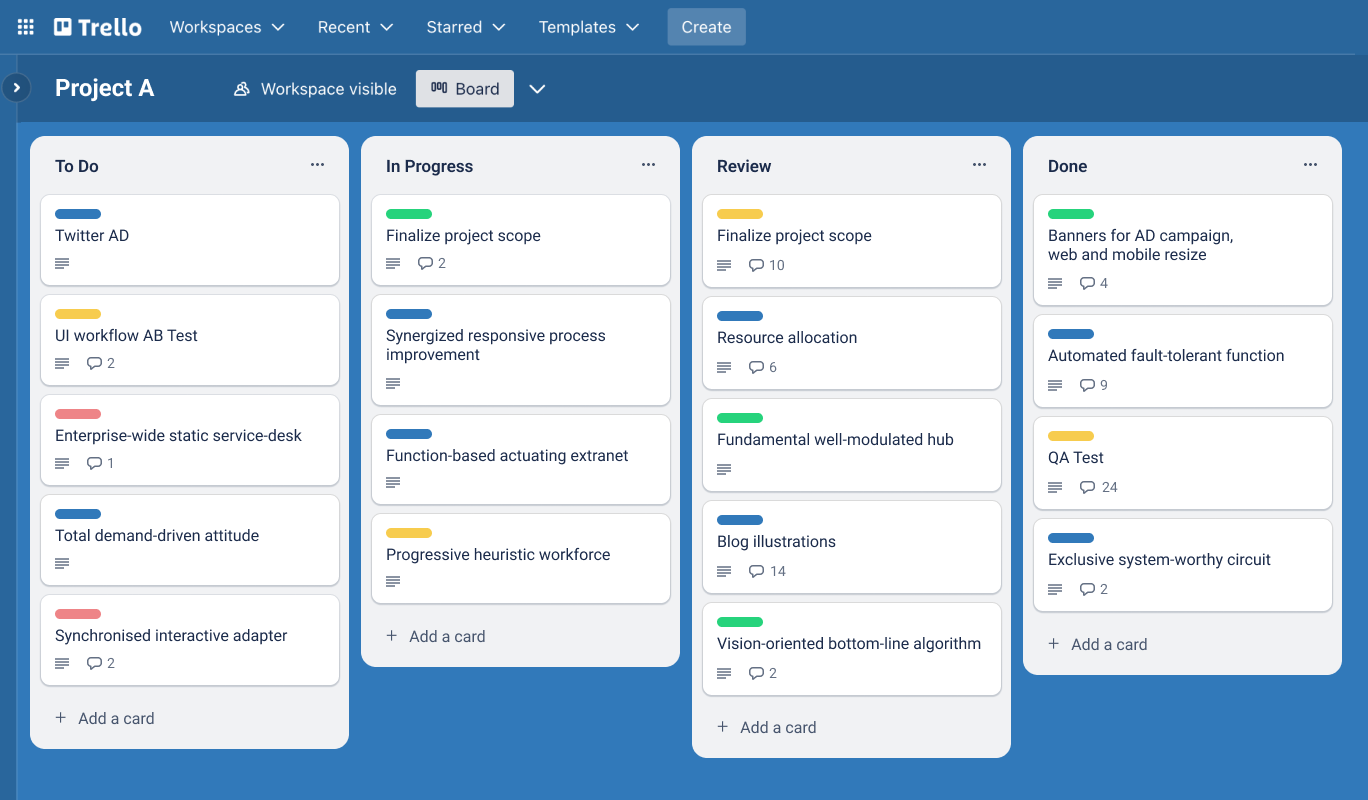
1. Single-Page Applications (SPA)
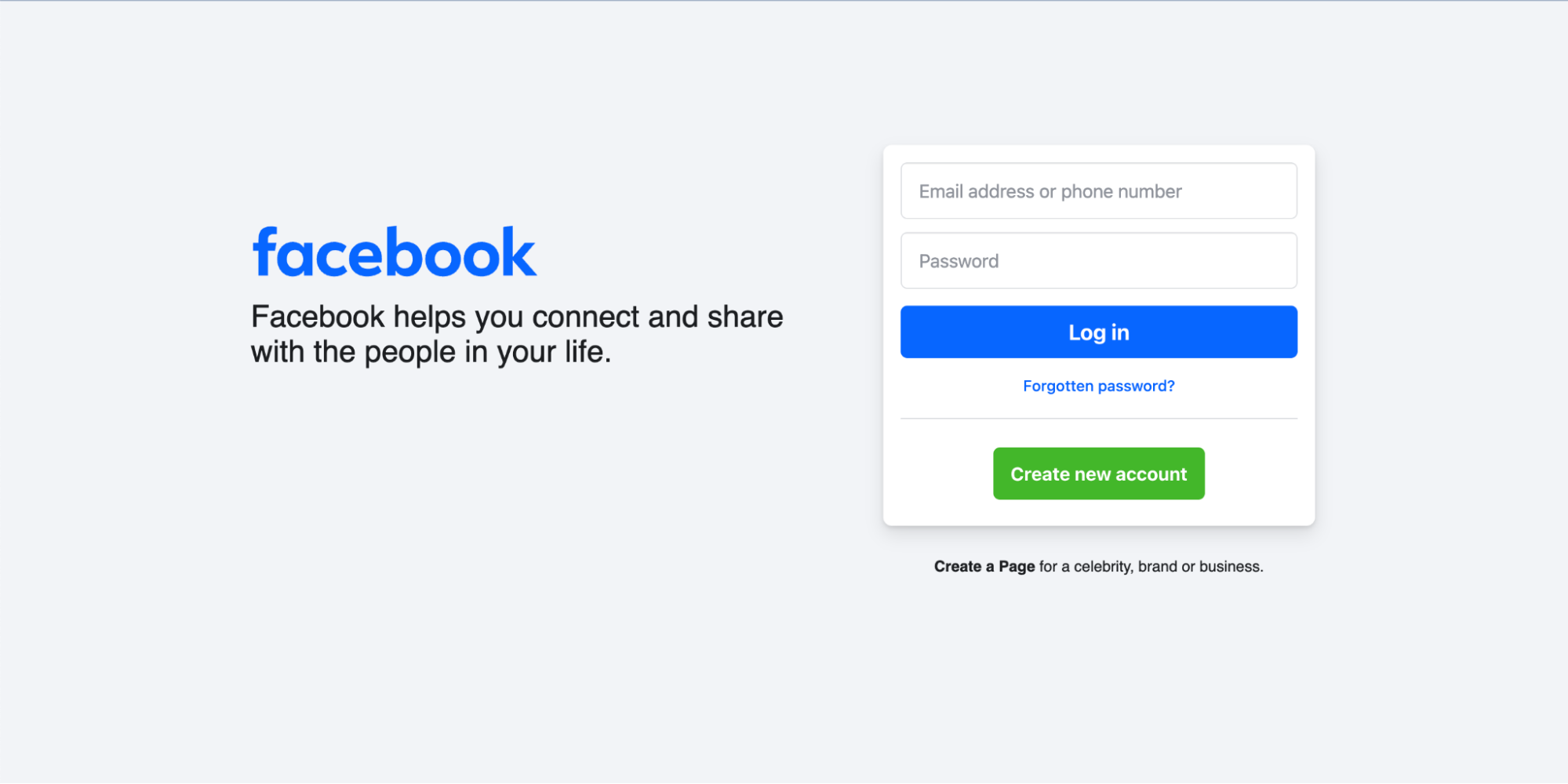
Ever notice how Gmail or Facebook load content without refreshing the entire page? That’s the magic of single-page applications. SPAs deliver a seamless, fast experience by dynamically updating parts of the web page as users interact with it. This gives users the feeling of a desktop app with the accessibility of a website.
- Examples: Gmail, Twitter, Google Maps.
- Benefits: Faster load times, a smooth user experience, and reduced server load.
- When to use: SPAs are ideal when you want a quick, responsive app where users don’t need to navigate across different pages.
2. Multi-Page Applications (MPA)
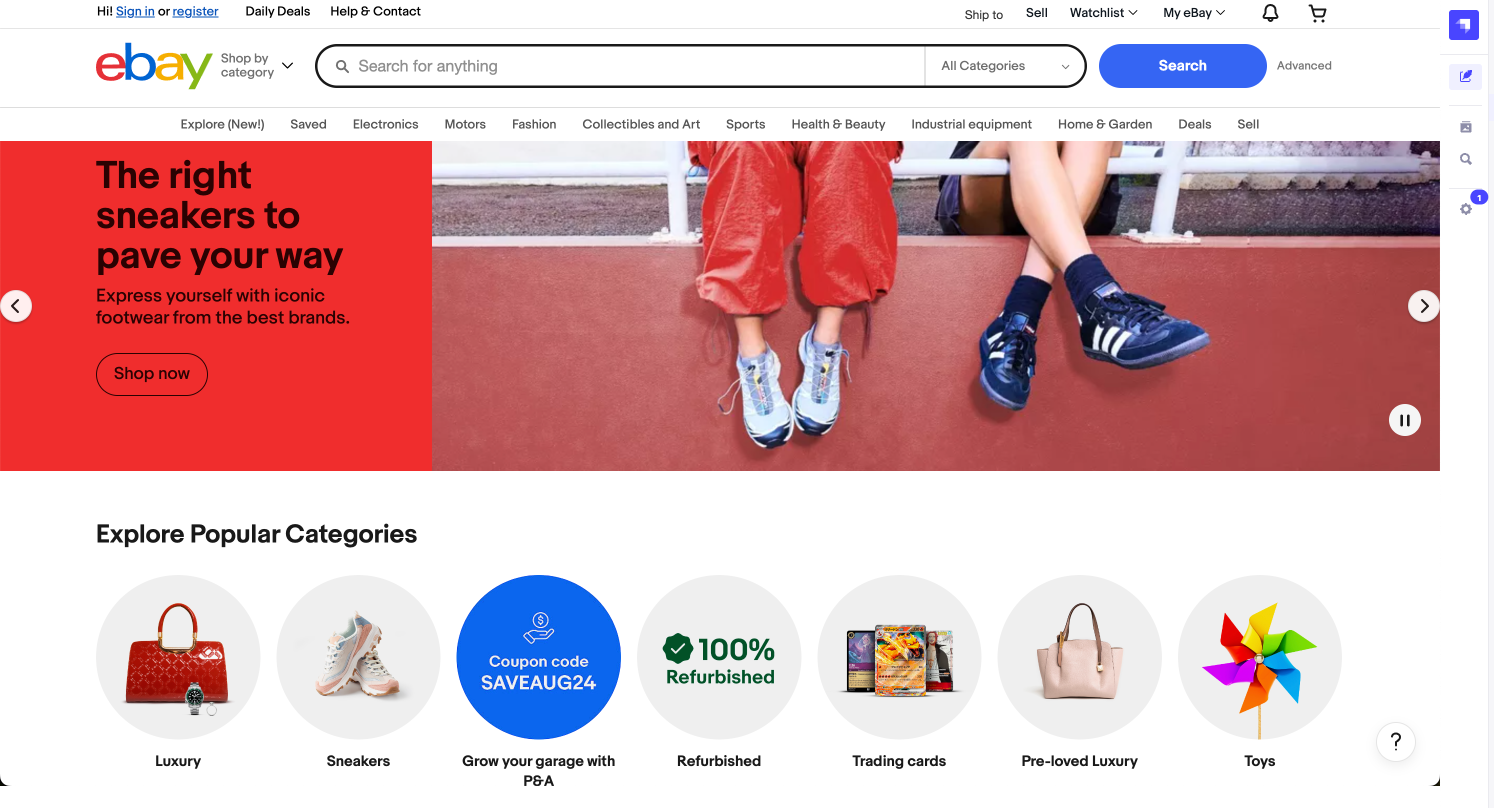
Think of Amazon or eBay—every time you click a product link, the entire page reloads. These are multi-page applications (MPAs), perfect for content-heavy platforms. While they may not be as fast as SPAs, they handle complex data interactions and large volumes of information better.
- Examples: Amazon, eBay, Netflix.
- Benefits: Scalability and ability to handle large datasets.
- When to use: MPAs are great for businesses needing in-depth content management and rich user interfaces.
3. Progressive Web Applications (PWA)
Progressive web apps (PWAs) combine the best of both worlds—mobile app speed and web app accessibility. Think about Starbucks or Pinterest. PWAs work even when your internet is spotty, thanks to cached data. And they feel like native apps, complete with push notifications and offline access.
- Examples: Pinterest, MakeMyTrip, Starbucks.
- Benefits: Fast loading times, offline functionality, and mobile-friendliness.
- When to use: If you're looking to give users a near-native app experience without the hassle of app store downloads.
4. Rich Internet Applications (RIA)
Rich Internet Applications offer a desktop-like experience within your browser. Remember Google Docs or Adobe Flash apps? RIAs are known for their interactive features, from drag-and-drop interfaces to real-time collaboration.
- Examples: Google Docs, YouTube.
- Benefits: Highly interactive and visually engaging.
- When to use: Ideal when your application requires real-time updates and interactivity.
2. All Steps in The Web Application Development Process
Creating a web app is much like building a house—every step, from foundation to final polish, requires careful planning, thoughtful design, and the right materials. Let’s break down each stage of the web application development process, emphasizing how essential these steps are to building a successful, functional, and user-friendly application.
Step 1. Problem Identification and Solution Planning
The first stage of web application development begins with identifying a problem your app will solve. A clear understanding of this problem not only shapes your app’s features but also defines its purpose in the marketplace. In other words, it’s the "why" behind your app. Without a clearly defined problem, development risks veering off course, leading to unnecessary features or a mismatch between user needs and app functionality. By targeting a specific issue, you ensure your app will provide value to its users.
Real example:
Imagine you own a fitness center, and members often struggle to book personal training sessions. The solution? A simple app that streamlines the entire process.
With a real-time calendar, members can instantly see available slots, choose their trainer, and book in seconds—no more phone calls or front desk visits. The app even sends reminders like, “Your session is tomorrow at 10 AM!”
It also handles payments upfront, eliminating awkward check-ins or delays. Trainers no longer need to manage bookings or chase payments, freeing them to focus on delivering great workouts.
This app enhances your members' experience, boosts efficiency, and keeps your gym running smoothly. Everyone wins!
Step 2. Wireframing
Wireframes are like blueprints to give you a clear visual of how your app will look and function. These simple sketches or digital layouts show where key elements—like buttons, menus, and forms—will live, helping you map out the user journey.
Tools:
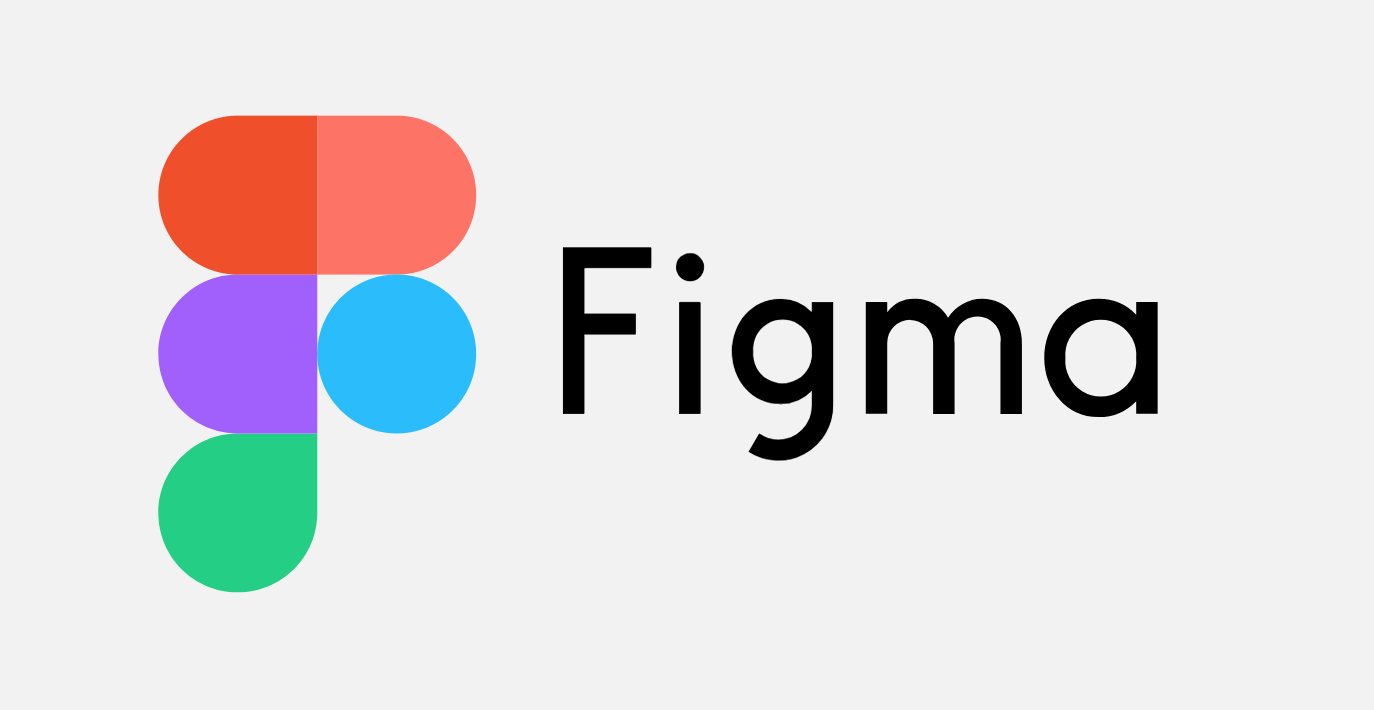
Popular tools like Figma, Sketch, and Balsamiq are favorites among designers and developers because they make collaboration easy. Think of these tools as digital whiteboards where everyone on your team can sketch out ideas, make tweaks, and ensure that the flow of the app is as intuitive as possible.
Pro tip for you: at this stage, always keep your future users in mind. What do they need to do, and how can your app guide them effortlessly? A well-planned wireframe helps you step into the user’s shoes, ensuring every click, swipe, and scroll feels natural. Your goal is to remove any obstacles, making sure users find what they need without frustration.
Step 3. Techstack Selection
After your blueprint is set, it's time to choose the right tools and technologies, which are often referred to as the technology stack. Just as building a house requires choosing between wood, brick, or steel depending on the requirements, web apps need the right mix of technologies to meet their demands.
1. Front-end (Client side)
This is what users see and interact with. The front-end layer includes:
- HTML for the app’s structure.
- CSS for styling and visual elements.
- JavaScript to handle interactivity. You can also choose frameworks like React, Vue.js, or Angular to streamline front-end development. These frameworks are powerful because they provide reusable components that speed up the development process and enhance user experiences.
2. Back-end (Server side)
While the front-end is the face of your app, the back-end is its engine. This is where the heavy lifting happens—handling data, logic, and server requests. Back-end technologies include:
- Node.js: Ideal for apps that need to handle a lot of real-time, data-intensive requests. It's particularly useful for apps that use the same language (JavaScript) on both front-end and back-end.
- Python (with Django or Flask): A versatile, beginner-friendly language that’s well-known for quick development cycles and robust performance.
- PHP: Still a popular choice for building dynamic web applications, especially with CMS (Content Management Systems) like WordPress.
- Ruby on Rails: Known for its simplicity and convention-over-configuration approach, it speeds up development without sacrificing scalability.
3. Database
The choice of database depends on the type of data your app handles:
- MySQL: A popular relational database for structured data and complex queries.
- MongoDB: A NoSQL database that’s perfect for unstructured data, enabling flexibility and scalability. Ideal for apps dealing with large amounts of data (e.g., social networks or eCommerce).
- PostgreSQL: Another powerful relational database known for handling complex queries and ensuring data integrity.
Step 4. Building The Web Application
Once the planning is done, it’s time to get your hands dirty—this is where the actual development begins. It’s a two-part process: building the front-end (the parts users see) and the back-end (the engine that powers it).
1. Front-End Development
The front end is the client-facing layer of your web application, responsible for everything the user sees and interacts with in the browser. It includes the user interface (UI) components, the structure of the content, and the dynamic interactions that enhance user experience. The core technologies for front-end development are HTML (HyperText Markup Language), CSS (Cascading Style Sheets), and JavaScript, each serving a distinct purpose.
- HTML provides the structural foundation of the web page, defining elements like headings, paragraphs, images, and links.
- CSS is used for styling and layout control, enabling developers to apply colors, fonts, and positioning to HTML elements.
- JavaScript handles the interactivity, enabling dynamic content changes, form validation, and asynchronous data fetching (e.g., via AJAX).
In modern web development, using JavaScript frameworks or libraries is almost essential for building scalable and maintainable web applications. Frameworks like React, Vue.js, and Angular offer powerful features that simplify complex development tasks:
- React (a library developed by Facebook) is component-based, meaning you can break the UI into reusable pieces called components. React’s virtual DOM also optimizes rendering, ensuring faster updates by selectively updating only parts of the DOM when data changes.
- Vue.js is a progressive framework, meaning it can be adopted incrementally. Vue focuses on simplicity and flexibility, making it a great choice for integrating with existing projects or building small-to-large-scale applications.
- Angular, maintained by Google, is a comprehensive framework that includes out-of-the-box solutions for routing, form management, HTTP requests, and more. Its two-way data binding feature ensures that changes in the UI are reflected in the data model and vice versa.
2. Back-End Development
While the front-end is the face of your application, the back-end is where the magic happens. It’s the engine behind the scenes, responsible for processing requests, managing databases, and making sure everything works seamlessly. Think of it as the part of the iceberg that’s hidden below the surface—though invisible to users, it’s critical to the app’s functionality.
At the heart of back-end development is server-side logic. When a user interacts with the front-end (say, filling out a form or clicking a button), the back-end takes over to process that request. For example, when someone submits a login form, the back-end verifies the username and password, fetches the necessary data from the database, and sends the appropriate response back to the user.
Popular back-end languages include:
- Node.js: A JavaScript runtime that’s become a go-to for building fast, scalable server-side applications. Node is especially good for handling asynchronous operations—ideal for apps that need to manage many simultaneous connections, like real-time chat applications.
- Python (with frameworks like Django or Flask): Python is known for its simplicity and readability, making it a great choice for rapid development. Django, for example, comes with many built-in features that simplify tasks like user authentication and database management, while Flask offers more flexibility for developers who want to build lightweight applications.
- Ruby on Rails: Famous for its “convention over configuration” philosophy, Rails speeds up development by providing default structures for everything from databases to web services. It’s a solid choice for startups looking to launch quickly.
- PHP: Still widely used for dynamic web applications, especially in combination with CMS platforms like WordPress. It’s efficient for handling content-heavy apps or platforms where scalability is crucial.
3. Database Development
The back-end is also responsible for managing the app’s data. Whether your app stores user profiles, transactions, or content, the data needs to be organized, stored, and retrieved efficiently.
SQL Databases:
If your app needs to store structured data—think rows and columns like in an Excel spreadsheet—SQL databases like MySQL and PostgreSQL are a solid choice. They allow for complex queries, which means you can retrieve very specific data, like all customers who made a purchase last month.
NoSQL Databases:
For apps dealing with unstructured or semi-structured data, NoSQL databases like MongoDB are a better fit. They don’t rely on a fixed table structure, so they’re more flexible and can handle large volumes of data. This makes NoSQL ideal for apps like social media platforms where data is less predictable.
4. APIs
In many cases, your back-end will need to communicate with other services or platforms. This is where APIs (Application Programming Interfaces) come into play. If you haven't quite grasped the concept of API, here is a list of 10 API examples for you: APIs act as a bridge, allowing your app to interact with external systems. For instance, if your app needs to send or receive data from third-party platforms like Google Maps, Stripe for payments, or even another web app, APIs make that integration smooth and efficient.
APIs also enable microservices architecture, where different parts of your app (such as authentication, notifications, or payments) are built and maintained as separate services. This makes it easier to scale individual components without affecting the entire application.
5. Security
Security is one of the most critical aspects of back-end development. Without proper security measures, your app could be vulnerable to a range of attacks, from SQL injection to cross-site scripting (XSS). To protect user data and maintain the integrity of your app, you’ll need to implement a variety of security best practices:
- Encryption: Protect sensitive data like passwords or credit card details by encrypting them, both in transit (via HTTPS) and at rest.
- Authentication and Authorization: Ensure that users are who they say they are (authentication) and that they have access only to the parts of the app they’re allowed to (authorization).
- Regular Updates: As new vulnerabilities are discovered, regularly updating your back-end code, libraries, and databases is essential to keeping your app secure.
Step 5. Testing
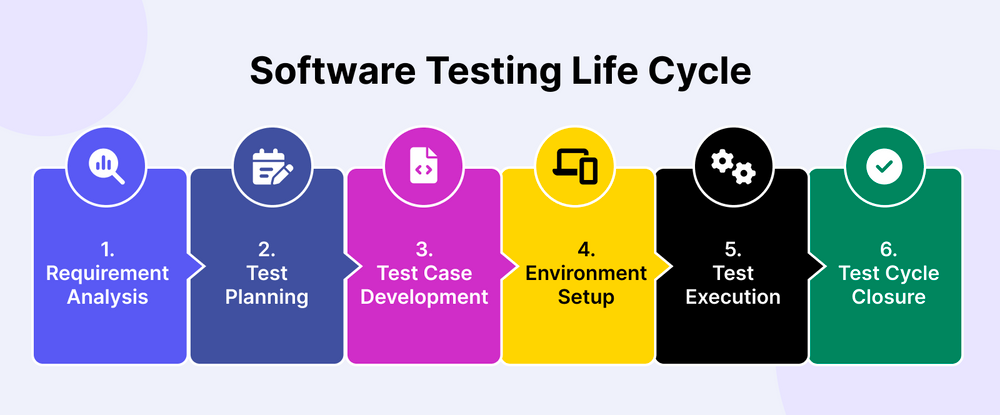
Skipping testing is like building a house without checking if the foundation is solid—eventually, cracks will show, and you’ll find yourself scrambling to fix costly issues. Testing ensures your web app runs smoothly, stays secure, and delivers the experience your users expect, no matter what device or environment they're on.
When you thoroughly test your app, you’re not just catching bugs—you’re preventing future headaches. It’s your best bet for ensuring the app works well across different platforms and keeps your users happy. And let’s not forget security: testing helps you spot vulnerabilities before malicious users do, keeping your app and data safe.
Types of Testing
- Unit Testing: tests individual components or functions to ensure they work correctly in isolation.
- Integration Testing: verifies that different modules or services in the app work together smoothly.
- End-to-End (E2E) Testing: simulates real user scenarios, testing complete workflows from start to finish.
- Functional Testing: ensures specific app features perform according to requirements, like form submissions or search functionality.
- Performance Testing: assesses app speed, responsiveness, and stability under various conditions, such as heavy traffic.
- Security Testing: identifies vulnerabilities that could be exploited by attackers, ensuring data protection and app security.
You have 2 major approaches to testing:
- Manual testing: like handcrafting each test, you manually execute test cases, clicking through UI elements, entering inputs, and checking outputs—great for exploratory testing or unique scenarios, but slow and prone to human error. Think of it as debugging with your bare hands.
- Automation testing: you write scripts or use tools to automatically execute test cases—efficient for repetitive tasks, regression testing, and large-scale projects. It’s like setting up a robot to do the tedious stuff while you kick back with your clever code and let the bots handle the grind.
The recommended approach is hybrid: combing the flexibility of manual testing with the efficiency of automation testing. If your team is already doing manual testing but not quite sure how to adopt automation, here is a quick guide to help you switch from manual testing to automation testing.
Top Testing Tools and Frameworks
1. Katalon

When it comes to web testing, and any type of testing, Katalon is the go-to choice for your team. As a comprehensive testing platform, you can do everything (literally: from planning, test management, test authoring, execution, to reporting) within one single workplace.
For test authoring, Katalon offers 3 test creation modes:
- No-code: With the Record-and-Playback feature, testers can easily record their manual on-screen actions and convert them into automated test scripts. These scripts can be re-executed as many times as needed, making repetitive testing tasks a breeze.
- Low-code: Katalon offers a library of Built-in Keywords, which are like pre-written snippets of code that handle specific tasks. For example, a keyword like “Click” manages all the behind-the-scenes logic to locate and click an element (like a button). Testers just need to tell the tool which element to act on, without worrying about writing any complex code.
- Full-code: For those who prefer full control, testers can switch to Scripting mode and write their own test scripts. They can jump between no-code, low-code, and full-code modes whenever they like. This flexibility allows them to enjoy the convenience of point-and-click test creation along with the freedom of scripting. Now, testers can focus more on what to test instead of how to write the tests, making the whole process far more productive.
You can reuse your test scripts across environments and testing types. This is made possible thanks to the variety of tests that Katalon supports (web, mobile, API, and desktop app tests). Katalon also allows testing across multiple platforms, devices, and browsers.
Download Katalon And Start Testing
2. Selenium

Selenium is an open-source automation testing library designed for automating web applications. It's important to note that using an automation library like Selenium is a different experience from using a complete automation testing tool. However, we’ve included Selenium in this list because it remains the most popular web testing framework out there, trusted by developers worldwide.
One of the reasons for Selenium’s popularity is its flexibility. It supports multiple programming languages like Java, Python, C#, Ruby, and JavaScript, allowing testing teams to pick the language they’re most comfortable with or that best fits their project needs.
Selenium also shines when it comes to adaptability. It works across various operating systems—whether you're on Windows, macOS, or Linux, Selenium seamlessly fits into your environment, ensuring your testing is consistent no matter where it runs.
Read More: A Guide To Selenium Testing
3. Cypress

Cypress is a JavaScript-based end-to-end testing framework built specifically for web applications, designed to make life easier for both QA engineers and developers. It simplifies many of the challenges that come with website testing, thanks to its user-friendly syntax and powerful core features. With Cypress, setting up, writing, running, and debugging tests feels almost as intuitive as writing out instructions in plain language.
- Time Travel: Cypress takes snapshots during each step of the test. You can hover over commands in the Command Log to see details of each step, making it easier to track what’s happening.
- Debuggability: You can debug directly from tools you already know, like Chrome Developer Tools, and easily understand errors with readable stack traces.
- Automatic Waiting: Cypress automatically waits for commands and assertions, so you don’t have to worry about adding manual waits or handling async issues.
- Spies, Stubs, and Clocks: Take control over how functions behave, simulate server responses, or manipulate timers using familiar tools.
- Network Traffic Control: Manage or stub network traffic to test edge cases without needing to rely on the server, giving you more control over testing.
Step 6. Deployment
Now, it's time for the big moment: deployment—the stage where your app leaves the safety of development and goes live, ready for the world to use. It’s an exciting but crucial step that requires careful planning to make sure everything works smoothly.
In the past, deployment means manually transferring files to a server and hoping for the best. These days, we have much more reliable and efficient tools.
- Automated Deployment Tools: Tools like Docker, Kubernetes, or Heroku simplify the process by automating much of the heavy lifting. They help you deploy apps consistently, no matter where you’re deploying them.
- CI/CD Pipelines: If you’ve integrated Continuous Integration/Continuous Deployment (CI/CD), this is where it shines. Tools like Jenkins, GitLab CI, or CircleCI will automatically push your app live after running a final round of tests. It's like a conveyor belt for your code, ensuring only the highest-quality version reaches production.
Check out: Top 14 CI/CD Tools You Should Know
Once your app is live, you’re not done yet. Just like you wouldn’t launch a rocket and then ignore it, your web app needs monitoring to ensure it’s performing well in the wild. Here’s where tools like New Relic, Datadog, or Prometheus come in handy.
- Performance Monitoring: Keep an eye on key performance indicators (KPIs) like server load, response time, and memory usage. You’ll want to know if your app slows down or starts eating too many resources.
- Error Tracking: Set up tools like Sentry or LogRocket to automatically log errors. This way, if anything goes wrong, you’ll get notified immediately, allowing you to fix issues before your users even notice.
Once deployed, it’s good practice to run some quick tests in production. These are light checks, often called smoke tests, that confirm the app is functioning as expected in its new home.
- Smoke Testing: This involves testing the most critical features (login, sign-ups, payment processing, etc.) to make sure they work in the live environment.
- Load Testing: Once you’ve verified functionality, you might also simulate heavy traffic to see how well the app holds up under pressure. Tools like Apache JMeter or LoadRunner help you stress test the app without needing a massive number of real users
3. Best Practices in Web Development
When it comes to web development, you can build fast or you can build smart. But to truly level up, you need to build both fast and smart.
1. Write Code Your Future Self Won’t Hate You For
Writing clean, maintainable code is like organizing your closet—sure, you could toss everything in and hope for the best, but future-you will curse your name when you can’t find anything. Code quality is all about making sure your code is legible and efficient so that anyone (including yourself) can easily jump back in without having to decode hieroglyphics.
- Proper Indentation and Formatting: `Consistent indentation and formatting are the bedrock of readability. Most IDEs have auto-formatting tools, so no excuses here!
- Naming Conventions: Variables like x and data123 are your enemy. Be descriptive! Use variable and function names that actually mean something. calculateTotalPrice() is far more informative than calc(). Remember, the code should explain itself.
- Avoid Code Duplication: Repeating yourself is a cardinal sin in programming. You’re not a broken record, so don’t write code like one. DRY (Don’t Repeat Yourself) is your mantra. If you find yourself copy-pasting, it's time to refactor. Functions and modules exist for a reason—use them.
- Small, Modular Functions: Keep functions laser-focused on doing one thing and doing it well. Break it down into single-purpose, bite-sized chunks.
2. Version Control: Because You’ll Mess Up, and That’s OK
Git is the lifeline that lets you experiment, break things, and roll back changes when it all goes south—because it will go south at some point.
- Commit Early, Commit Often: Think of commits like save points in a video game. If you only save once at the beginning, you’ll lose a lot of progress when the boss fight (read: a bug) goes sideways. Frequent, small commits let you track changes easily and roll back to a stable state whenever you need.
- Branching is Your Friend: Never, ever work directly on the main branch. That’s just asking for chaos. Use branches to experiment with new features, fix bugs, or make changes. This keeps your main branch clean and production-ready.
- Descriptive Commit Messages: "Fixed stuff" or "made changes" isn’t going to help anyone understand what just happened. Be clear and specific with your commit messages. It’s like writing a diary for your code—“Added validation for user input” makes way more sense when you’re looking back at the log.
3. Documentation: Think of It as Future-Proofing Your Project
Documentation is your duty as a developer. It’s the difference between a map and a maze. Good documentation ensures that other devs (or future you) can pick up the project without getting lost.
- Code Comments: Sure, code should explain itself, but some logic is complex enough to warrant a little narrative. Leave comments where necessary, but don’t go overboard. The goal is to clarify tricky parts.
- API Documentation: Explain what each endpoint does, what parameters it expects, and what responses it gives. Tools like Swagger or Postman can help auto-generate some of this for you, but make sure it’s human-friendly too.
- Workflow Docs: This is how you make onboarding a new dev less painful. Simply explain the project’s setup, how to run the app locally, and how the deployment process works
4. Testing: The “Catch it Before it Breaks" Philosophy
Testing isn’t just an afterthought—it’s your web app’s insurance policy. A little bit of effort upfront can save you from late-night firefights when things go wrong. Plus, it’s what separates a professional dev from one who’s just winging it. Think of testing as the pre-flight checklist: you don’t take off without making sure everything’s working, or you’re bound to crash.
- Test Early, Test Often: testing isn’t something you save for the end like dessert. Instead, we recommend Shift Left Testing where you're moving the testing phase earlier in the development lifecycle. The earlier you find bugs, the cheaper they are to fix.
- Mocking & Stubbing: sometimes you don’t have access to live APIs or databases while testing. These techniques let you simulate real-world scenarios by "faking" the response from external systems, letting you test the functionality of your app without relying on things like third-party services being up and running.
- Data-Driven Testing: Don't test just one thing. In the real world, users will throw all sorts of weird data at your app. Data-driven testing lets you run your tests with multiple sets of input data to make sure your app handles everything gracefully. Check out our guide to do data-driven testing in detail here.
- Regression Testing To Keep Your Code’s Past in Check: Every time you push new code, you risk breaking something that was working perfectly before. That’s where regression testing comes in—it ensures that new changes don’t mess up the old functionality. Think of it as a "you break it, you buy it" policy for your code.
